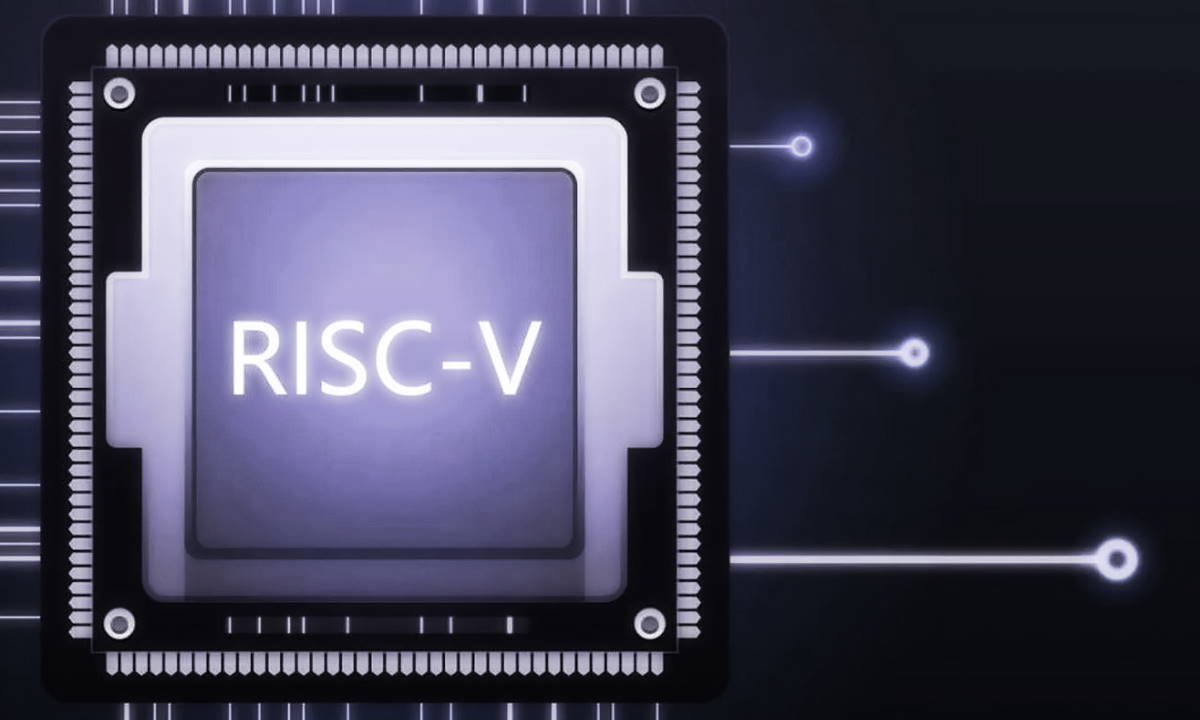Google and Qualcomm announced great news for the Wear OS wearable ecosystem: RISC-V chips.
Until now, all of Qualcomm’s smartwatch hardware engines have been based on ARM architecture, including the latest and most advanced Wear W5+ development, which powers models like Mobvoi’s TicWatch Pro 5.
But now it is being announced “They develop a The Snapdragon RISC-V platform that will power next-generation Wear OS solutions«. That’s all we know so far, aside from the fact that Qualcomm is working with Google to make sure the software is compatible with upcoming chips and that the manufacturer “plans to market this solution globally”.
“Our innovations on the Snapdragon Wear platform will help the Wear OS ecosystem evolve quickly and accelerate new devices to market”explains Dino Bekis, vice president of Qualcomm, emphasizing that RISC-V offers both performance and performance advantages for this type of device.


RISC-V, an architecture on the rise
RISC-V continues to expand to get a piece of the pie held by the other two major hardware architectures for client devices: ARM and X86. If you don’t know, he showed up at the University of California, Berkeley a decade ago with the goal of developing a new open source chip design that would offer a more economical way to manufacture semiconductors, more open, free and royalty-free. And not only that, because it is undoubtedly the most promising solution when looking for an Open Source processor.
So far, the main use cases for RISC-V have come for developers. And it makes sense because operating systems and applications that support them are needed. So we’ve seen this type of chip in simple Raspberry-type boards, some tablets or mini-notebooks. Also for highly personalized developments like the CPUs of upcoming space missions like NASA taking us to Mars.
RISC-V is an architecture that is still “green” (especially in software), but has the most promise as alternative hardware architectures to the existing ones, ARM and x86. And eventually it will make its way to wearables from Qualcomm and Google. It’s certainly the best customer segment to start with, with not too much power needed.
We will update with more information as what has arrived so far is an announcement of intentions and not a concrete development.
